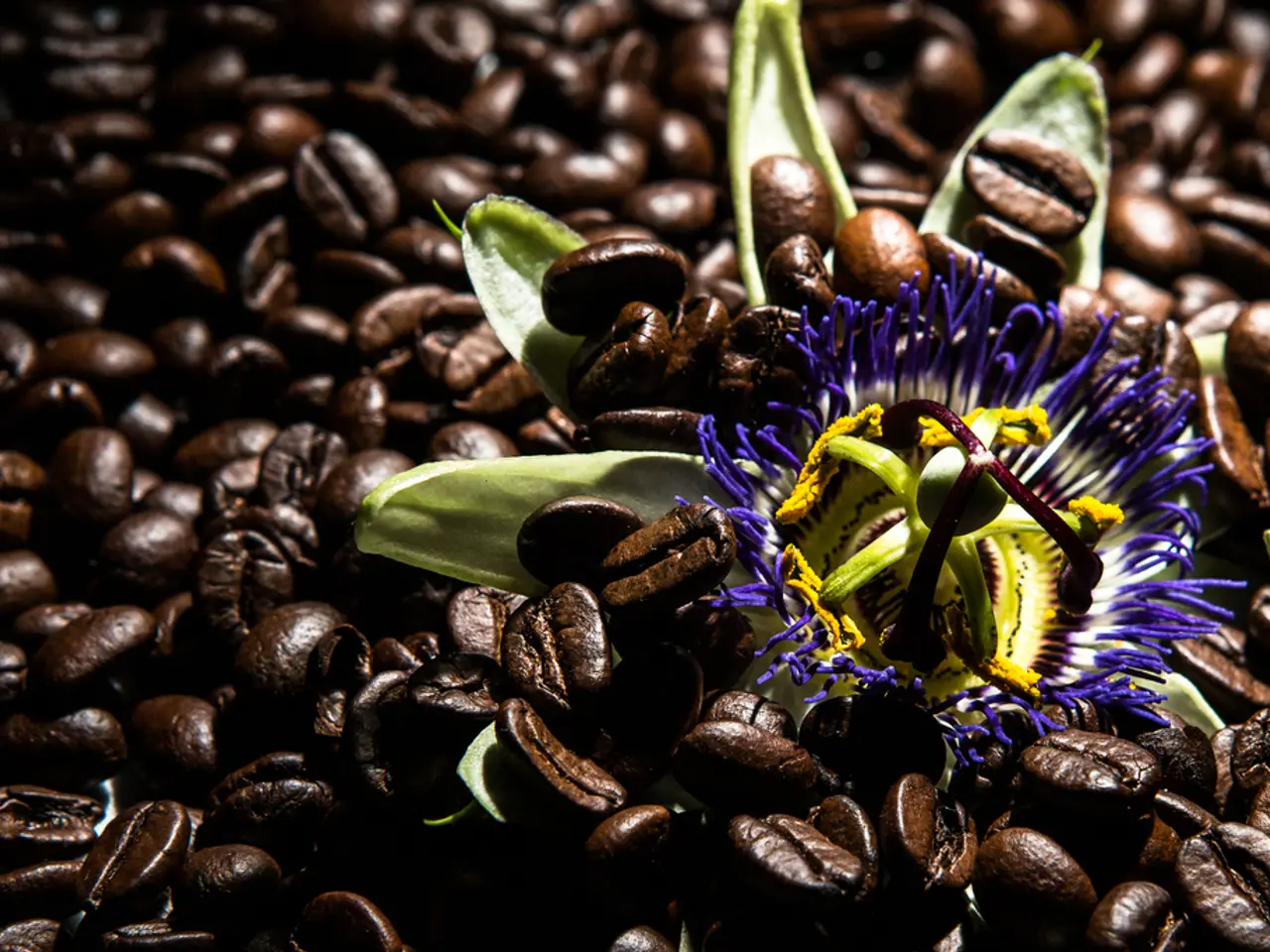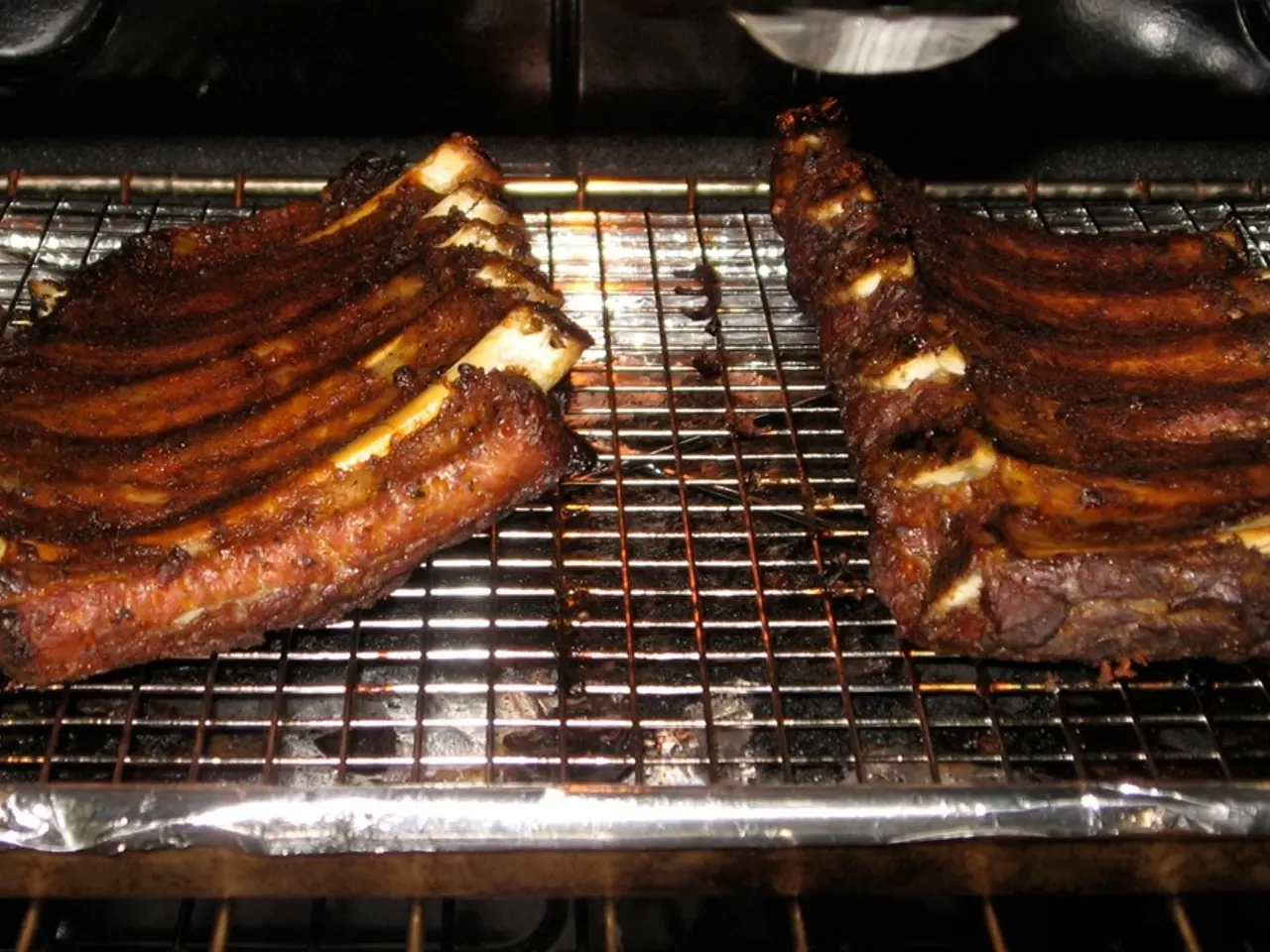Guide to Cultivating Green Beans from France
Let's Talk French Beans: The Ultimate Guide to Growing, Caring, and Harvesting
French beans are a fantastic addition to any garden, giving you two harvests in one – young pods for eating, or dry ones for use as haricot beans. They're easy to grow, heavy cropping, and perfect for both novice and seasoned gardeners. Here's everything you need to know about these versatile legumes.
Planting French Beans
Plant French beans after the last frost, usually in late May or early June. For a continuous supply through to autumn, keep sowing seeds every three weeks until early summer. You can also sow them outdoors, but seedlings will need protection from frost with a cloche.
Growing Requirements
French beans thrive in full sun, sheltered locations, and fertile, moisture-retentive soil. They don't do well on heavy clay, so add plenty of well-rotted organic matter before planting.
Varieties
Dwarf French beans don't require staking, while climbing French beans make a great addition to the flower border when grown with sweet peas on a wigwam of canes. Some popular types include 'Borlotto', 'Purple Teepee', 'Tongue of Fire', 'Hunter', 'Sansoucy', 'Jacob's Cattle', and 'Tiger's Eye'.
Caring for Your French Bean Plants
Average Yield:4.5kg per 3m row
Keep the soil around the roots consistently moist, especially during flowering. Regularly remove weeds, and mulch the area with garden compost or a similar material to maintain moisture and suppress weeds. Maintain good spacing between plants to ensure air circulation.
Harvesting French Beans
Start picking French beans when they are large enough to eat, typically around eight weeks after planting. You'll know they're ready when they're firm and crisp. Regular picking encourages more beans to grow.
Storing French Beans
Spacing:15 apart45 between rows
Freeze blanched beans for later use, or let them dry naturally on the plant or hang the whole plant upside down in a warm, airy place to dry.
Pests and Diseases
Watch out for common pests like slugs and green shield bugs. Protect young plants with crushed eggshells or nematodes. Anthracnose is a fungal disease that can affect French beans, especially in wet, cool conditions. Practice good sanitation, crop rotation, and avoid excess moisture on the foliage to minimize the risk.
With this guide, you're well on your way to enjoying a bountiful harvest of delicious French beans! Happy gardening!
Depth:5
By incorporating French beans into your home-and-garden, you'll not only enrich your lifestyle with two harvests in one but also contribute to your home-garden's lush, green appeal, especially when you grow them alongside sweet peas in a home-made wigwam. Gardening French beans is a rewarding pursuit for both novice and seasoned gardeners, offering a versatile addition to your meals from the backyard.



![Simple Steps for Moss Conservation for Decorative and Wall Art Uses [Easy Tutorial]](/en/content/images/size/w1280/format/webp/20250703120519_preserving-moss-step-by-step-guide-with-glycerin-methylated-spirit-or-glycerin-warm-water-for-moss-art-wall-decor.jpeg)



